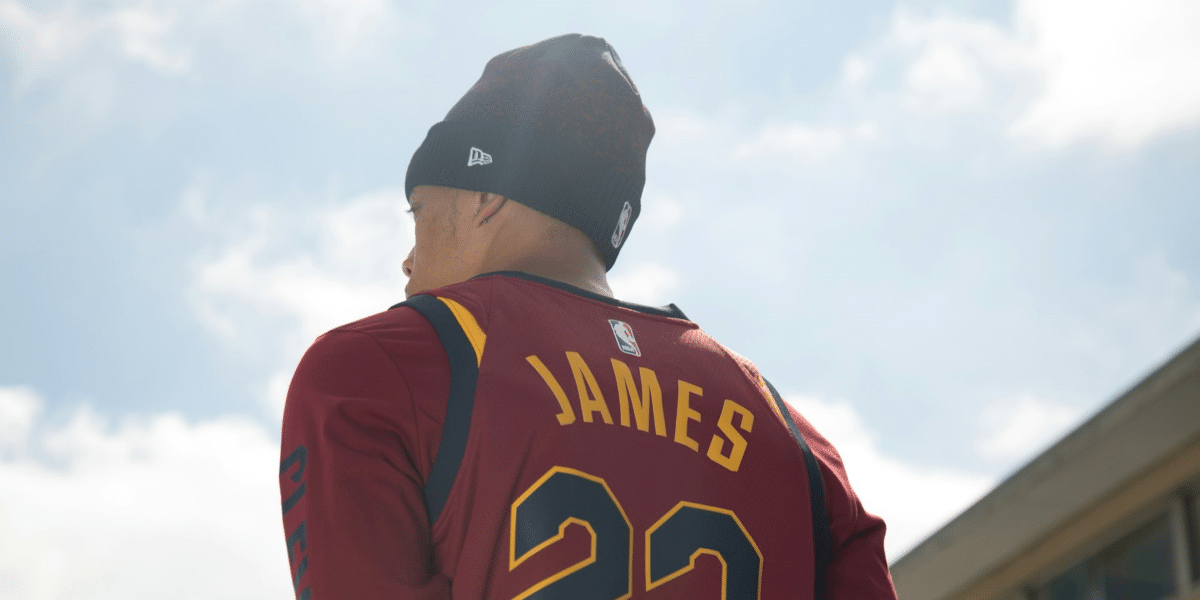The tradition of trading jerseys among athletes has become an enduring symbol of sportsmanship and camaraderie in the world of sports. This practice, which transcends cultural and geographic boundaries, offers a glimpse into the mutual respect and admiration shared by competitors. From its historical origins to its modern-day significance, jersey swapping holds a unique place in sports culture. This article explores the history, symbolism, etiquette, and notable moments of this time-honored tradition.
Historical Origins
The tradition of exchanging jerseys is believed to have begun in 1931 when French football players requested the jerseys of their English opponents as souvenirs after a match. This simple gesture marked the beginning of a practice that would eventually spread to other sports and gain symbolic importance.
One of the most iconic moments in the history of jersey swapping occurred during the 1970 FIFA World Cup. Brazilian legend Pelé and England captain Bobby Moore exchanged jerseys after a hard-fought match. This act of mutual respect, captured in a famous photograph, epitomized the spirit of sportsmanship and established jersey swapping as a meaningful tradition.
Significance and Symbolism
Jersey swapping is much more than an exchange of clothing; it carries deep symbolic meaning for athletes and fans alike.
Sportsmanship and Respect
At its core, jersey swapping is a gesture of mutual respect. Athletes who exchange jerseys recognize each other’s efforts, skills, and dedication, regardless of the outcome of the competition. It serves as a universal language of sportsmanship, reminding us that competition does not preclude respect and camaraderie.
Cultural Unity
The act of trading jerseys fosters a sense of unity among athletes from different countries and cultures. By exchanging jerseys, players acknowledge their shared passion for their sport, bridging cultural divides and emphasizing the universal nature of athleticism.
Personal Memorabilia
For athletes, exchanged jerseys often become cherished memorabilia. They serve as tangible reminders of significant matches, milestones, or encounters with respected opponents. These jerseys can hold personal and sentimental value, representing moments of triumph, growth, and connection.
Sports Involved
While jersey swapping is most closely associated with football (soccer), it has found its way into other sports as well, each embracing the tradition in its unique way.
Association Football (Soccer)
Soccer remains the sport most synonymous with jersey swapping. The tradition is especially prominent during international tournaments such as the FIFA World Cup, where players exchange jerseys as a sign of respect and admiration for their opponents.
American Football
In recent years, jersey swapping has become popular in the NFL. Adopted from soccer, this tradition has gained traction, especially during high-profile games or between players with shared histories or mutual respect.
Basketball
NBA players have embraced jersey exchanges, often during milestone games or when honoring retiring players. Dwyane Wade’s farewell season is a notable example, where he exchanged jerseys with players from opposing teams after games as a mark of respect and legacy.
Baseball
Though less common, jersey swaps have occasionally occurred in Major League Baseball. These instances are often tied to significant games or personal connections between players.
Rules and Etiquette
Jersey swapping is governed by unwritten rules and etiquette that ensure the tradition remains respectful and meaningful.
Timing
The exchange typically takes place after the game, allowing players to celebrate or commiserate before engaging in this symbolic gesture. While post-game exchanges are the norm, there have been instances where jerseys were swapped during halftime, depending on the context.
Mutual Agreement
Jersey swapping is a consensual act, often initiated by a verbal or non-verbal agreement between players. This ensures that both parties value the exchange and understand its significance.
Respecting Opponents
It is customary to request a jersey directly from the opponent, reflecting the mutual respect that underpins this tradition. Athletes are mindful of the moment and ensure that the exchange is meaningful to both participants.
Notable Instances of Jersey Swapping
Several memorable moments in the history of sports highlight the emotional and symbolic weight of jersey swapping.
Lionel Messi and Zinedine Zidane
Lionel Messi, known for rarely initiating jersey swaps, once requested the jersey of French legend Zinedine Zidane. This act underscored Messi’s admiration for Zidane, showing that even the greatest players in the world hold deep respect for their peers.
Pelé and Bobby Moore
The exchange between Pelé and Bobby Moore during the 1970 FIFA World Cup is one of the most iconic instances of jersey swapping. This moment remains a powerful symbol of mutual respect and sportsmanship.
Dwyane Wade’s Farewell Season
In his final NBA season, Dwyane Wade made jersey swapping a signature part of his farewell tour. He exchanged jerseys with players from every opposing team, creating a lasting legacy and honoring his contributions to the sport.
Cultural Variations
Jersey swapping takes on different forms and meanings in various regions, reflecting the diversity of sports culture.
South America
In South America, jersey exchanges often carry personal significance. Players frequently swap jerseys with mentors, idols, or admired opponents, creating moments of deep emotional resonance.
Asia
While relatively new to Asian sports culture, jersey swapping has gained popularity as a way to honor opponents and celebrate the spirit of competition. It blends traditional respect with the global language of sportsmanship.
Impact on Fans and Memorabilia Market
Jersey swapping has a significant impact beyond the playing field, resonating with fans and creating a vibrant market for collectibles.
Fan Engagement
For fans, watching their favorite players exchange jerseys is a powerful display of mutual respect and sportsmanship. These moments often enhance the emotional connection between athletes and their supporters.
Collectible Value
Jerseys exchanged between famous athletes frequently become highly sought-after memorabilia. These items often fetch substantial sums at auctions, reflecting their historical and sentimental value.
The tradition of trading jerseys among athletes is a testament to the enduring values of sportsmanship, respect, and unity. From its origins in soccer to its adoption in other sports, jersey swapping continues to symbolize the shared passion and camaraderie that define athletic competition. As athletes honor their opponents through this gesture, they remind us that the spirit of sports extends far beyond the scoreboard. In doing so, they inspire fans and fellow players alike, solidifying the legacy of this cherished tradition.








